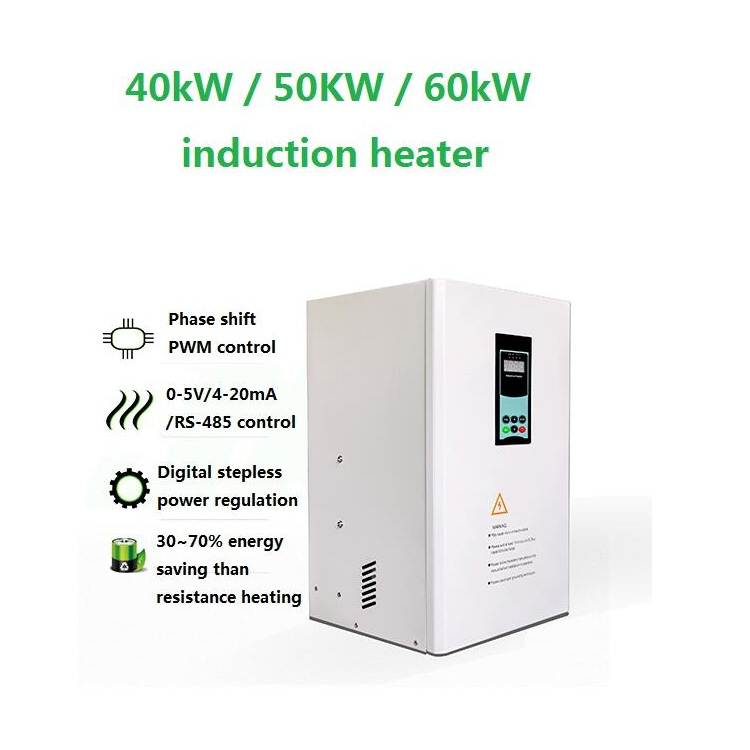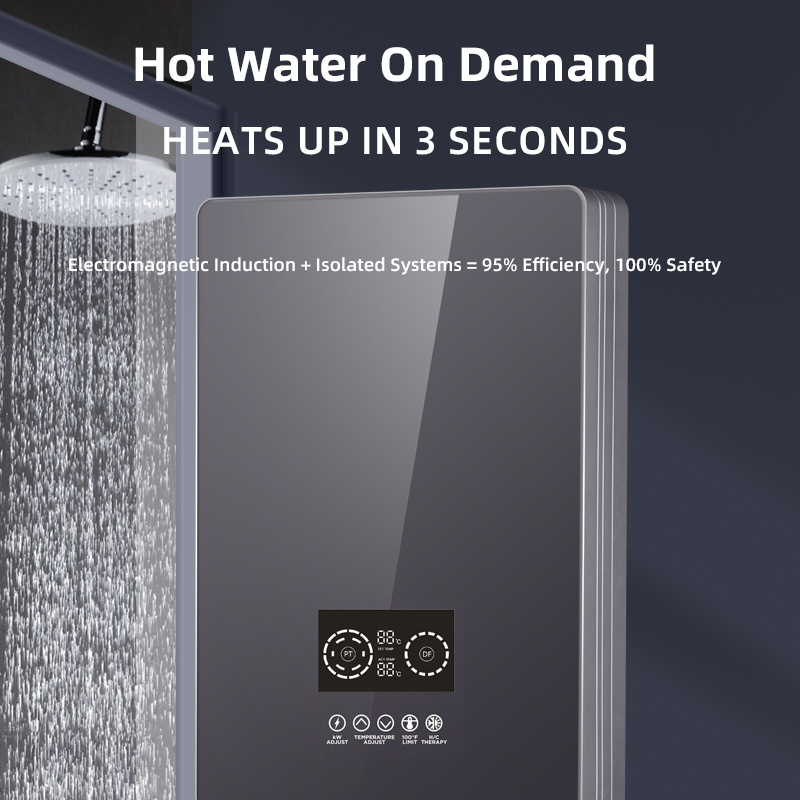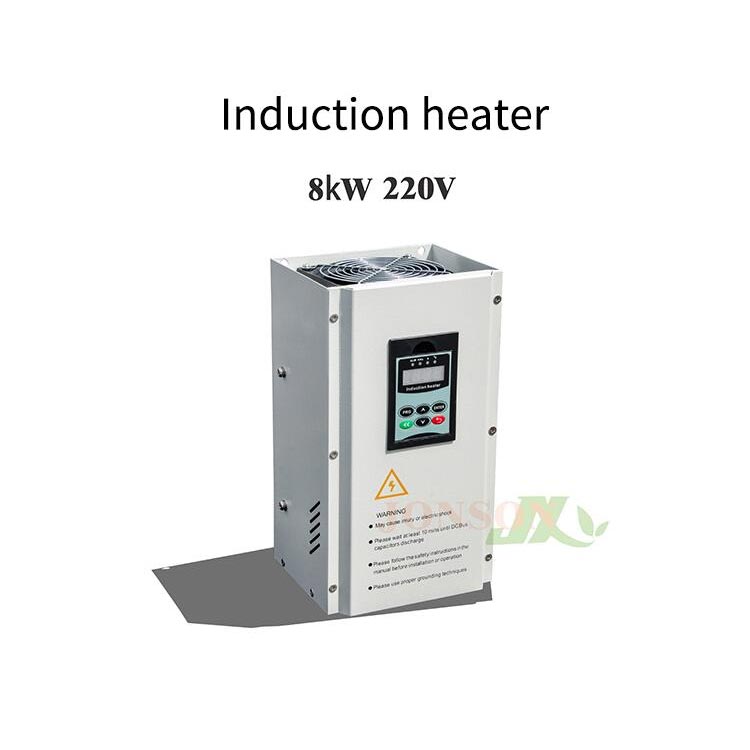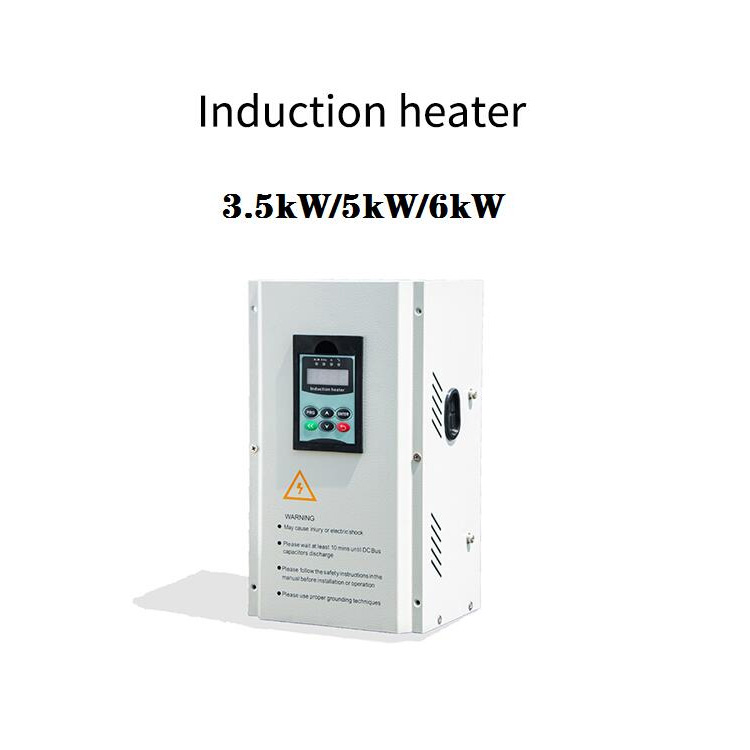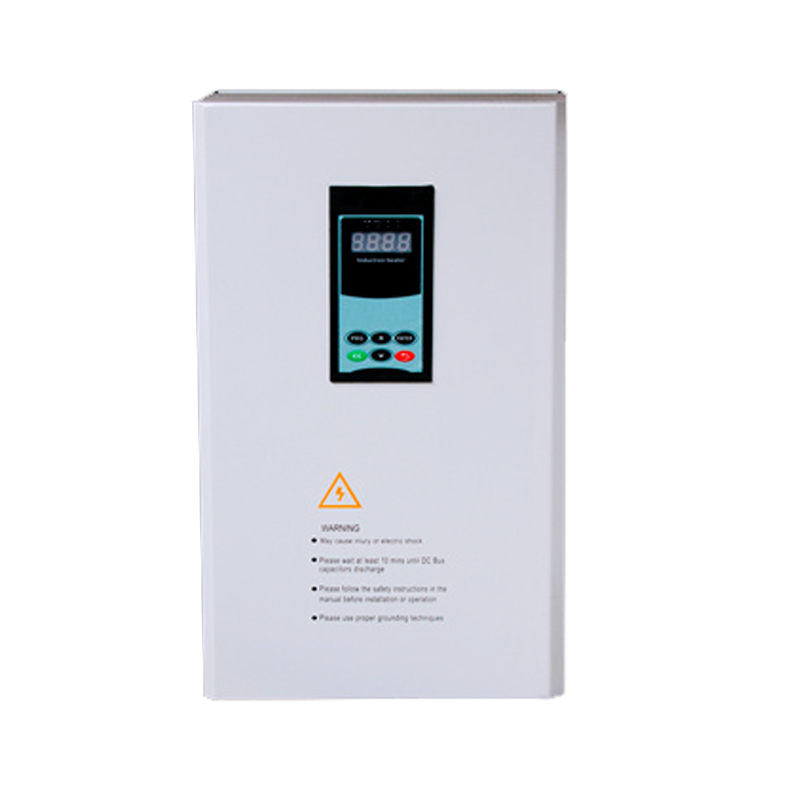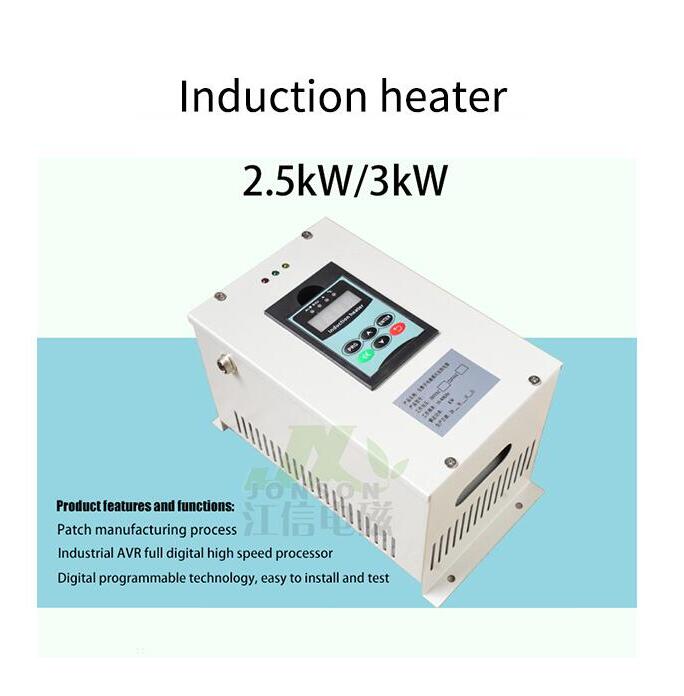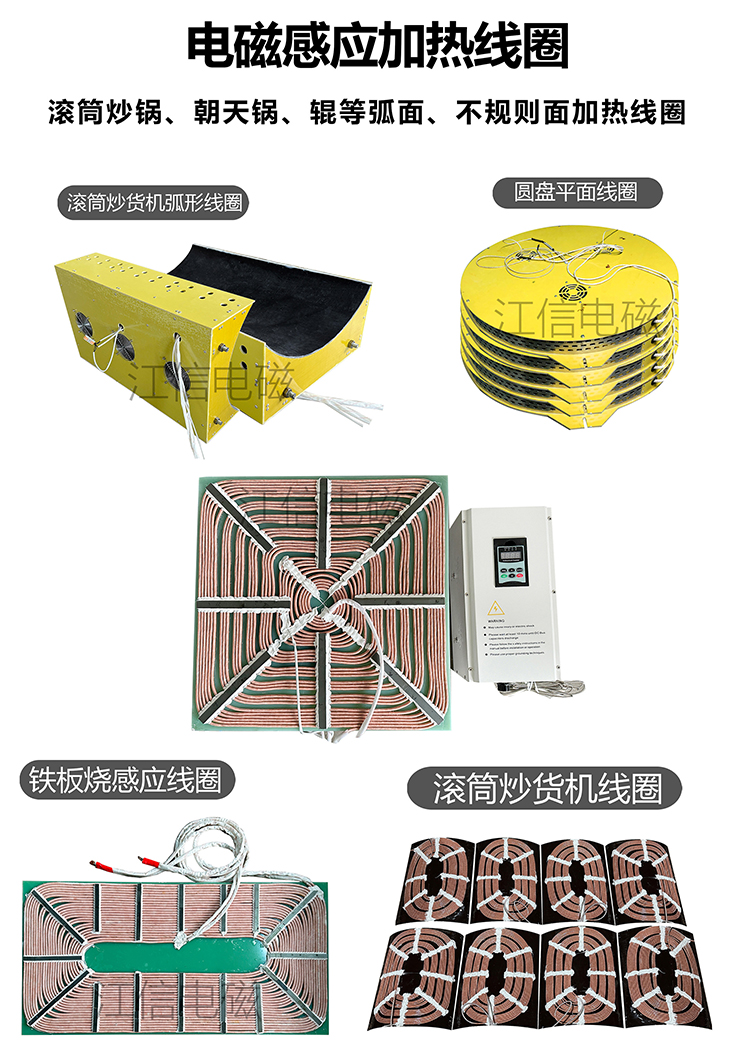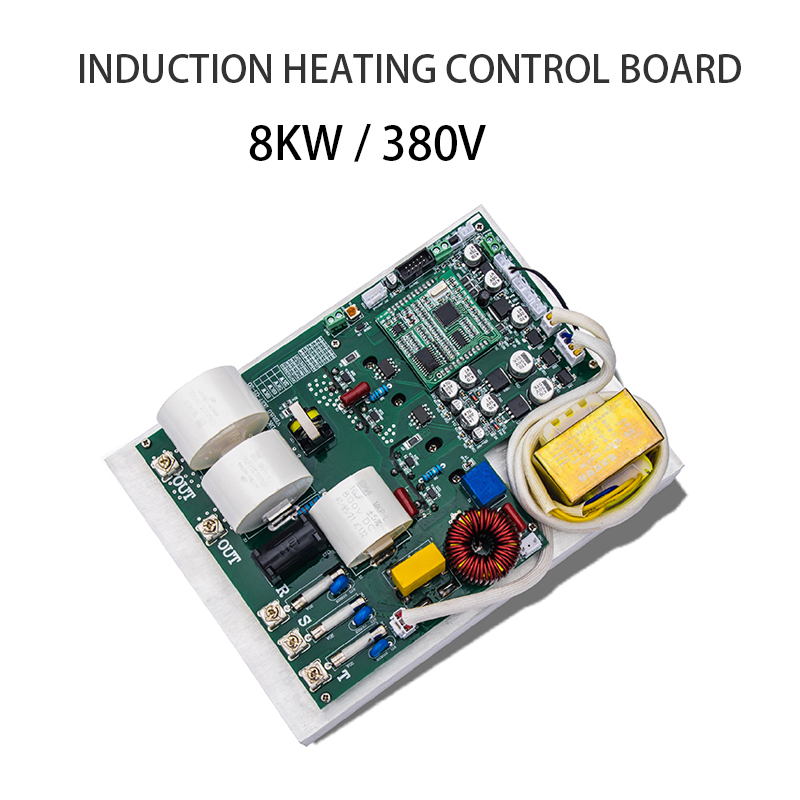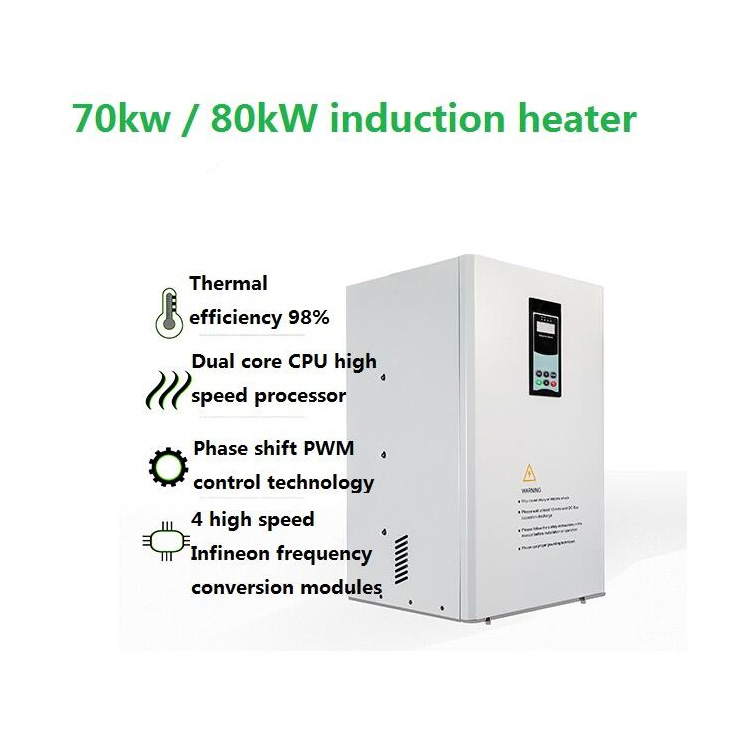Induction heating is widely used for pipeline preheating, a critical process in various industries such as oil and gas, chemical manufacturing, and construction. This method is favored for its efficiency, precision, and safety. Here's an in-depth look at how induction heating is applied to pipeline preheating:
Purpose of Pipeline Preheating
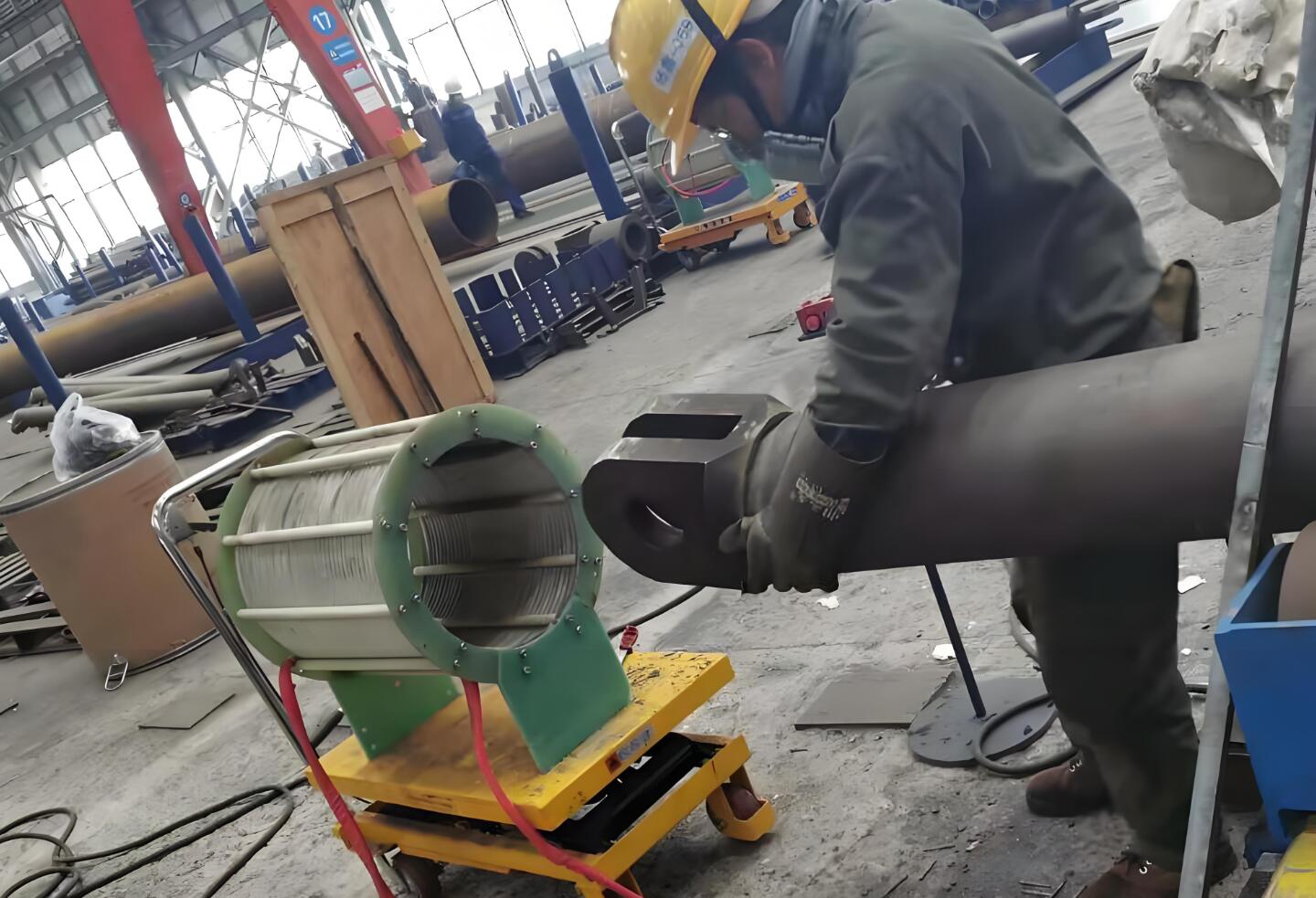
1.Stress Relief: Preheating pipelines before welding or other processing reduces thermal stress and minimizes the risk of cracks or deformations.
2.Improved Weld Quality: Preheating the metal before welding helps in achieving better weld penetration and reduces the likelihood of weld defects such as hydrogen-induced cracking.
3.Coating Application: Certain pipeline coatings require the substrate to be heated to a specific temperature to ensure proper adhesion and performance.
How Induction Heating Works for Pipeline Preheating
4.Induction Coils: The process involves wrapping induction coils around the pipeline section to be heated. These coils are connected to an induction heating power source.
5.Electromagnetic Induction: When the power source is activated, it generates a high-frequency alternating current through the coils, creating a rapidly changing magnetic field around the pipe.
6.Eddy Currents: The magnetic field induces eddy currents within the conductive material of the pipeline, generating heat due to the electrical resistance of the metal.
7.Uniform Heating: The process heats the pipeline uniformly from the inside out, ensuring even temperature distribution without direct contact or flame.
Advantages of Induction Heating for Pipeline Preheating
8.Efficiency: Induction heating can quickly reach the required preheat temperatures, reducing downtime and improving throughput.
9.Control and Precision: The temperature can be precisely controlled, which is crucial for processes that require strict thermal parameters.
10.Safety: Unlike torch heating, induction heating does not introduce an open flame, reducing the risk of accidents and improving workplace safety.

